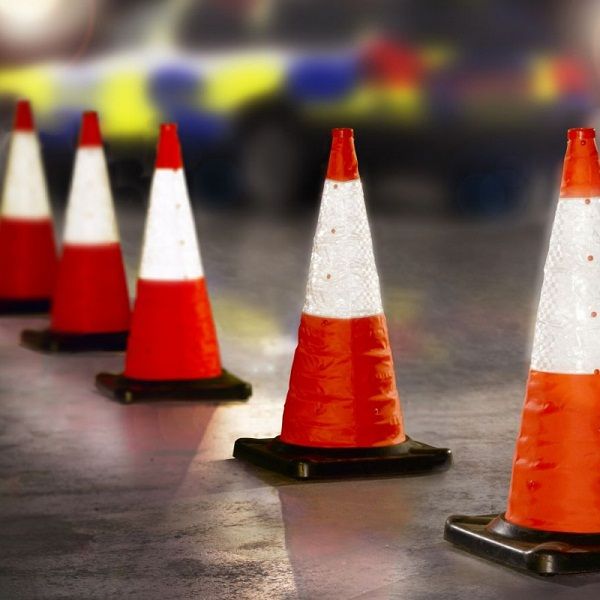

- #Different types of traffic cones drivers
- #Different types of traffic cones manual
- #Different types of traffic cones portable
Some of the provisions include visibility requirements, such as the necessity for road markers to be more visible during the night through color and reflective strip use.
#Different types of traffic cones manual
This law is also an international regulation, and is widely used in developed countries.Īdditionally, federal guidelines in the United States are spelled out in the Manual on Uniform Traffic Control Devices, a document that governs road markers.
#Different types of traffic cones portable
This regulation governs vertical road signs as well as portable deformable warning devices and delineators, road traffic signs, and cones and cylinders. Traffic cone design, material, and size are usually governed my local or federal laws in a given location. The stabilizer is heavy to better ground the cone and prevent it from falling over. These stabilizers are generally made out of heavy rubber or plastic and fit over the top of the cone and slide to the base. Some cones are available with flag or post adapters that allow work crews or emergency responders the option to affix flags or signs to the tops of cones to make them more visible.īase stabilizers are also available for traffic cones. Blinking or rotating lights are available to attach to the tops of cones, which helps improve visibility both at night and during the day.
#Different types of traffic cones drivers
Many cones are manufactured with reflecting tape around the body so drivers can see them at night. Reflecting collars are also available to attach to bare cones. There are a variety of accessories for improving traffic cone visibility and stability. This material is also used for hoses and piping, and the traffic cone has a similar texture and flexibility, while still maintaining a rigid, durable form when in the upright position. Traffic cones are manufactured from a flexible polymer, often polyvinyl chloride with plasticizer additions. The cones are hollow, which makes them more lightweight and prevents serious damage to vehicles or people that might come into contact with them. Traffic cones are composed of a base, which is usually black, upon which the orange conical section sits. Larger traffic cones are used for freeway and highway locations as they help drivers who are moving faster and approaching at greater distances to see them. Cones range in sizes from about 12 inches tall to 3.28 feet tall. The colors should be visible in both inclement weather and sunshine. Traffic cones are generally orange for increased visibility, but they are also available in various bright colors such as pink and bright yellow road cones. There are a few different types of construction cones and traffic cones available. Different Types of Traffic Cones & Product Basics Traffic cones are a vital component of a larger road traffic control system. They are often used during roadwork and emergency traffic direction, although they can also be used for less traditional purposes, such as sports equipment.

They are lightweight, easily transportable and highly visible, making them a cheap, efficient and effective method of alerting drivers to new traffics and directions. Traffic cones are road traffic control markers that are used to temporarily direct traffic.


 0 kommentar(er)
0 kommentar(er)
